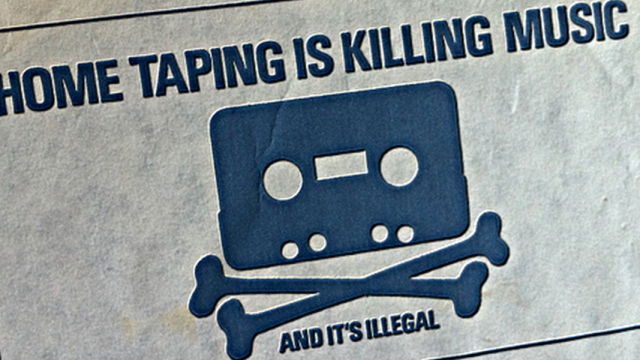A Lesson From Netflix About Black Markets And Digital Piracy

Sandvine, a broadband services company, has released a report about bandwidth consumption with this interesting tidbit in it:
While the file-sharing service BitTorrent once occupied 31 percent of the total Internet traffic in 2008, this year it occupied 5 percent of the total Internet traffic during the entire day.
BitTorrent, for the uninitiated, is a torrent sharing program which is popular among those downloading movies and television shows illicitly.
I don’t think the decline has anything to do with diminished demand for movies and television shows. Rather, I think it probably has more to do with this news also from the Sandvine report:
…Netflix is ascendant with a whopping 37% of downstream traffic. Nipping at its heels is YouTube (18%), Amazon Video (3%) and iTunes (2.8%). This has been a massive year for the streaming market, which has more than doubled its percentage of Internet traffic in the last five years.
A correlation between the rise of Netflix use and the decline of digital piracy shouldn’t surprise us. After all, Netflix has specifically targeted the most-pirated shows and movies to bring into its library.
And Netflix isn’t the only factor. With the proliferation of HBO Go, even as restricted as subscription is (you still must a HBO subscription through your cable company to access the streaming service), has no doubt taken a chunk out downloads too. After all, some of the most popular targets for piracy are HBO shows like Game of Thrones.
But the larger point here is that the black market for digital content has been significantly reduced by the free market which has found ways to give digital content consumers what they want at prices, and via channels, that make piracy look less appealing.
It wasn’t Hollywood’s often draconian efforts to find and punish pirates that reduced piracy. It wasn’t government policy in the form of more laws and stiffer penalties. Rather, it was the market responding to demand.
There is a lesson in that for all areas of public policy, from the efforts to reduce smoking by raising tobacco taxes (something which has created a flourishing black market for tobacco) to potential efforts to restrict/reduce gun ownership.
Regulations are static. Markets are dynamic. People want what they want, and the government’s ability to prevent people from getting what they want is often limited.




